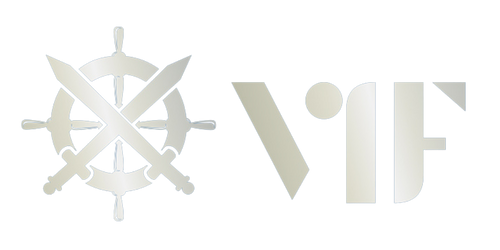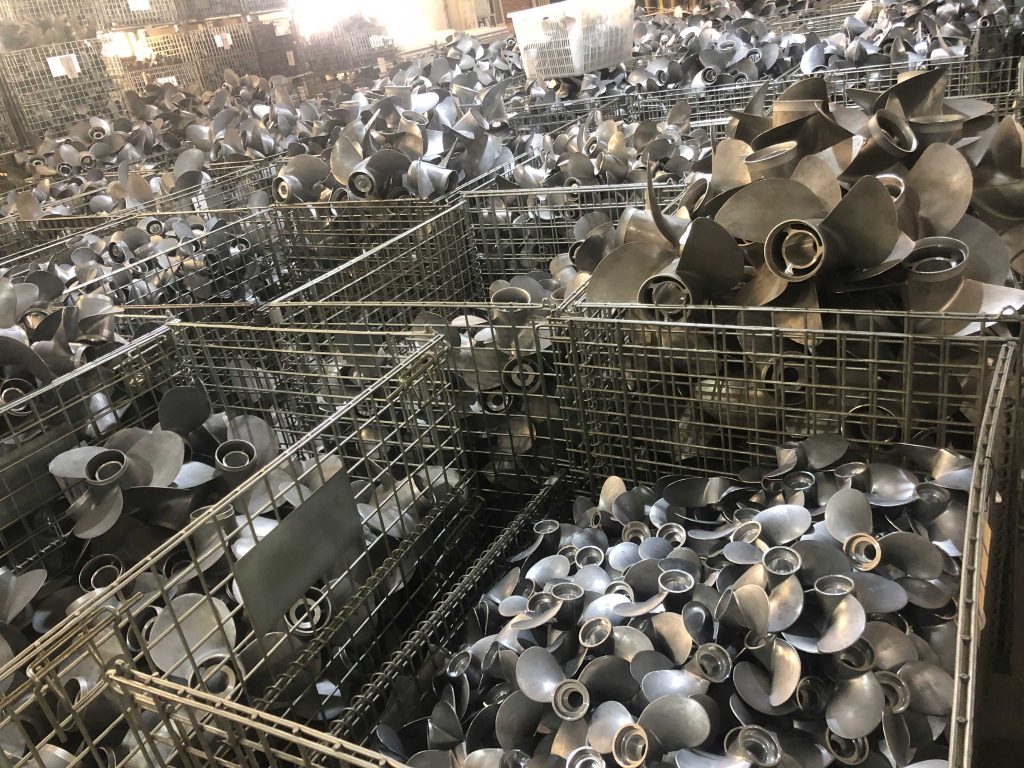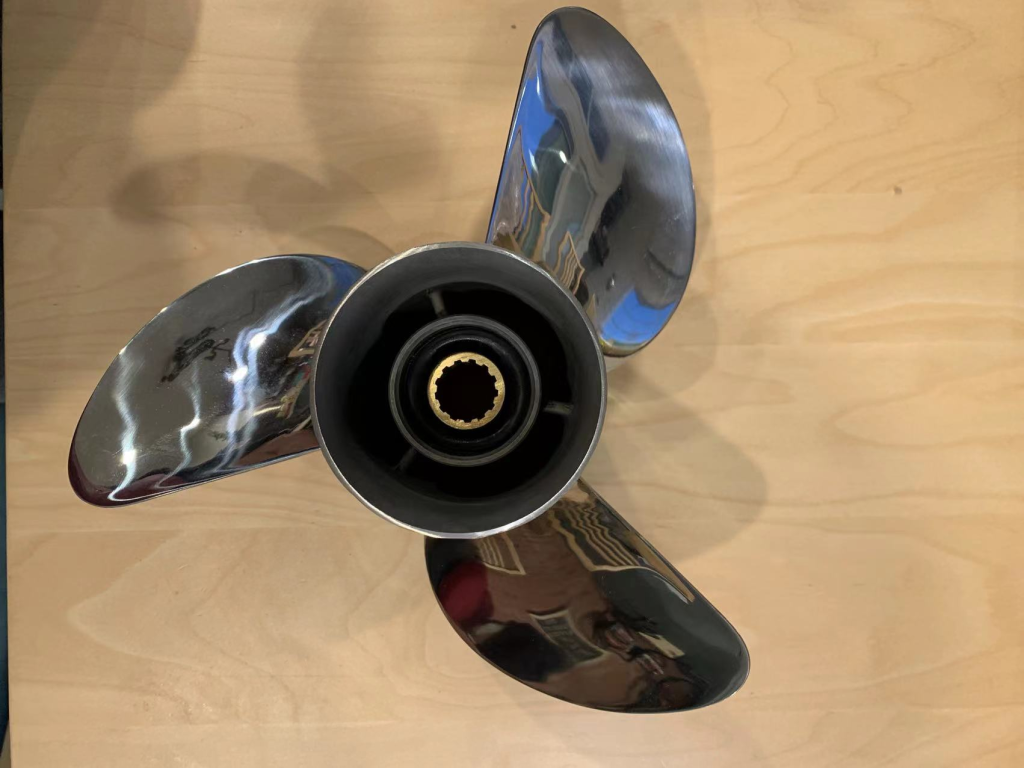Measurina propeller requires the following five steps.
- Gather the necessary tools
- Position the propeller
- Locate the widest point
- Measure the diameter
- Repeat for accuracy
Boat propellers are an essential component of any watercraft, responsible for propelling the boat forward. Understanding how to properly measure the diameter of a boat propeller is crucial for ensuring optimal performance and efficiency. Therefore I recommend you to choose a professional propeller manufacturer, such as VIF.This comprehensive guide will walk you through the process step-by-step, helping you choose the right boat propeller size for your vessel.
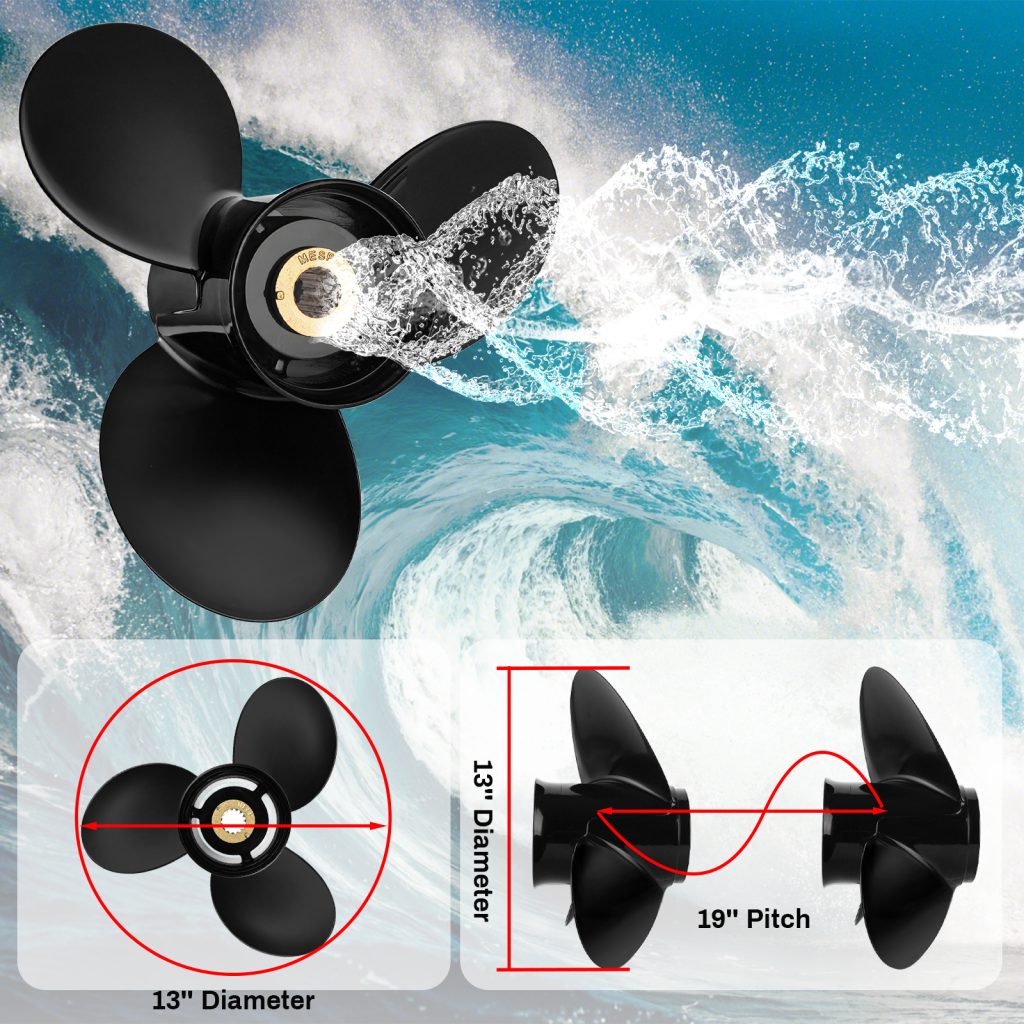
Understanding the importance of measuring boat propeller diameter
The diameter of a boat propeller refers to the distance across the widest point of the propeller blades. This measurement is crucial because it directly affects the performance of your boat. Choosing the correct propeller diameter ensures that your boat operates at its maximum efficiency, providing better acceleration, fuel economy, and overall performance.
Step-by-step guide on how to measure boat propeller diameter
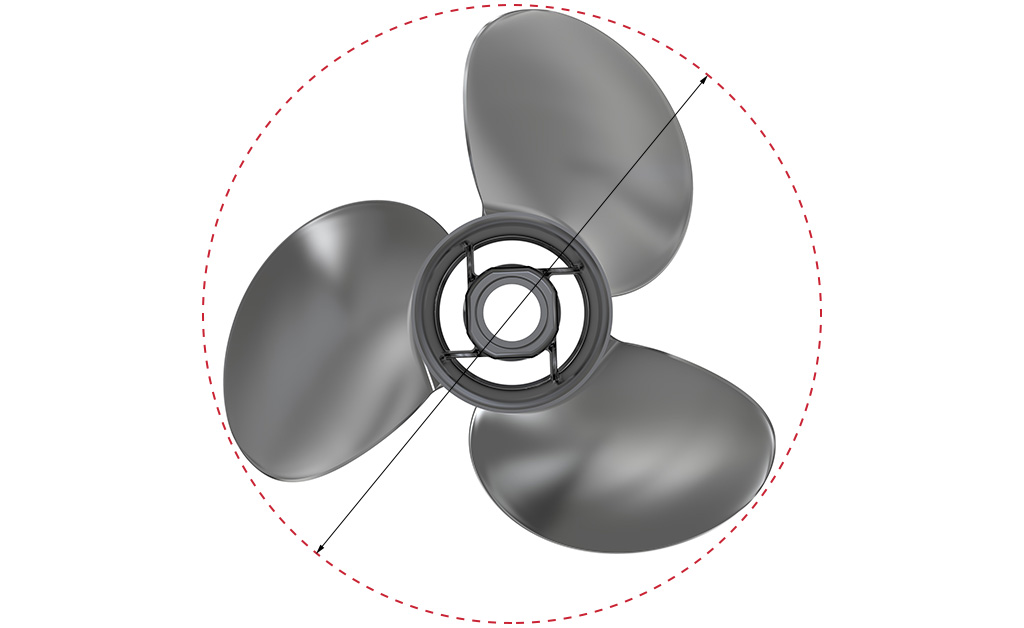
Measuring the diameter of a boat propeller may seem like a daunting task, but with the right guidance, it can be a straightforward process. Here’s a step-by-step guide to help you accurately measure your boat’s propeller diameter:
- Gather the necessary tools: To measure the propeller diameter, you’ll need a tape measure, a straightedge, and a pen or marker.
- Position the propeller: Place your boat on a stable surface or use a propeller stand to secure it. Make sure the propeller is easily accessible and that you can safely reach it.
- Locate the widest point: Identify the widest part of the propeller blades. This is usually near the outermost edge, where the blades curve and taper.
- Measure the diameter: With the tape measure, carefully place it across the widest point of the propeller blades. Ensure that the tape is level and perpendicular to the blades. Take note of the measurement.
- Repeat for accuracy: To ensure accuracy, repeat the measurement at least two more times, taking note of each measurement. Calculate the average of these measurements to obtain the most precise propeller diameter.
Factors to consider when choosing a boat propeller
Selecting the right boat propeller goes beyond just measuring the diameter. Several factors need to be considered to ensure optimal performance. Here are some key factors to keep in mind when choosing a boat propeller:
- Boat type and size: Different boat types and sizes require different propellers. Consider the weight, length, and intended use of your boat when selecting a propeller.
- Engine specifications: The specifications of your boat’s engine, such as the horsepower, RPM range, and gear ratio, play a significant role in determining the appropriate propeller size.
- Boating conditions: The type of water you’ll be boating in, such as freshwater or saltwater, as well as the typical conditions, including waves and currents, can influence the propeller size needed.
- Desired performance: Determine whether you prioritize speed, fuel efficiency, or torque. Different propeller designs and sizes can optimize performance in specific areas.
Common mistakes to avoid when measuring boat propeller diameter
While measuring the boat propeller diameter may seem straightforward, there are common mistakes that can lead to inaccurate measurements. Here are some mistakes to avoid:
- Measuring the wrong part: Make sure you’re measuring the widest part of the propeller blades, as this is where the diameter is determined. Avoid measuring the hub or any other sections.
- Using a worn-out tape measure: A worn-out or stretched tape measure can provide inaccurate measurements. Use a reliable and properly calibrated tape measure for precise results.
- Uneven placement: Ensure that the tape measure is positioned across the widest point of the propeller blades evenly. Any slant or tilt can affect the measurement.
- Not averaging multiple measurements: Taking multiple measurements and averaging them is crucial for obtaining an accurate propeller diameter. Relying on a single measurement may lead to errors.
Tips for finding the right boat propeller size
Finding the right boat propeller size is essential for achieving optimal performance. Here are some tips to help you in the selection process:
- Consult the manufacturer: Refer to your boat’s manufacturer guidelines or contact them directly for specific recommendations regarding propeller size.
- Consider a professional opinion: If you’re uncertain or want expert advice, consult a professional boat mechanic or propeller specialist who can assess your boat’s specifications and recommend the appropriate propeller size.
- Experiment with different sizes: If you have the opportunity, try out different propeller sizes to see how they affect your boat’s performance. This can help you determine the best fit for your specific needs.
Exploring different types of boat propellers
Boat propellers come in various designs, each with its own advantages and applications. Here are some common types of boat propellers:
- Three-blade propellers: These are the most common propellers, offering a balance between speed and acceleration. They are suitable for a wide range of boats and water conditions.
- Four-blade propellers: Four-blade propellers provide better grip and acceleration, making them ideal for watersports and heavier boats that require more torque.
- Stainless steel propellers: Known for their durability and resistance to corrosion, stainless steel propellers are ideal for saltwater boating. They offer excellent performance and longevity.
- Aluminum propellers: Aluminum propellers are cost-effective and lightweight. They are suitable for smaller boats and provide good performance in freshwater conditions.
The benefits of using the correct boat propeller size
Using the correct boat propeller size offers several benefits that enhance your boating experience. Here are some advantages:
- Improved performance: A properly sized propeller optimizes your boat’s performance, providing better acceleration, top speed, and fuel efficiency.
- Enhanced maneuverability: With the right propeller, you’ll have better control and maneuverability, making docking, turning, and navigating tight spaces easier.
- Reduced wear and tear: Using the correct propeller reduces strain on your boat’s engine and other components, minimizing the risk of damage and prolonging their lifespan.
- Safety and comfort: When your boat is operating at its best, you can enjoy a smoother and more comfortable ride. This ensures your safety and the safety of your passengers.
Conclusion about How Ultimate Guide to Measuring Boat Propeller Diameter
Ensuring optimal performance with the right boat propeller size
Measuring the boat propeller diameter is a crucial step in selecting the right propeller for your boat. By following the step-by-step guide provided in this comprehensive tutorial, you can accurately measure the diameter and choose the optimal propeller size. Remember to consider factors such as boat type, engine specifications, and desired performance to ensure optimal performance, safety, and efficiency on the water. With the correct boat propeller size, you can enjoy a smoother and more enjoyable boating experience.
FAQ about How benefits of using the correct boat propeller size
Q: What is a boat propeller?
A: A boat propeller is a rotating device with blades that converts the engine’s power into thrust, propelling the boat forward.
Q:What propeller do I need for my boat?
A: The propeller you need depends on various factors such as boat type, engine specifications, and desired performance. Follow the steps outlined in this guide to select the appropriate propeller size for your boat.
Q:How will the wrong propeller size affect navigation?
A: The use of propellers that do not meet the power of the outboard engine may cause the speed of rotation to be less than the requirements, the ship’s running turbulence, increase extra fuel consumption and even damage the outboard engine drive shaft.
